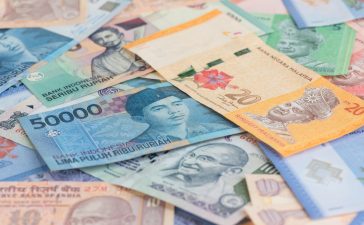Investors are awaiting the release of the Federal Reserve’s core PCE price index, with forecasts indicating a potential increase of 0.4%
The U.S. dollar is steady while the yen is set to end the month lower as investors anticipate U.S. inflation data that could impact interest rates.
Meanwhile, bitcoin has surpassed $60,000.
Investors are selling the yen due to near-zero short-term rates in Japan and comparatively higher rates in the U.S. and Europe, causing the yen to weaken against the dollar and euro this month.
In Asian trading, the yen reached 150.68 against the dollar, approaching its weakest level since October and close to levels that triggered government action last year.
Japanese officials, including top currency diplomat Masato Kanda, have emphasized their vigilance over currency movements and readiness to intervene if necessary.
The New Zealand dollar is facing losses amid speculations that the country’s rate hikes have come to an end. The currency dropped after the central bank revised its rate forecast downward.
The overall take from the Reserve Bank of New Zealand is that the risk of further rate hikes has lessened, which reinforces our view that the cash rate has peaked in this current cycle, said UOB economist Sue Ann Lee.
Investors are awaiting the release of the Federal Reserve’s core personal consumption expenditures (PCE) price index, with forecasts indicating a potential increase of 0.4%.
A stronger than expected PCE deflator can cause markets to reduce pricing for a May rate cut even further, supporting U.S. dollar, according to Commonwealth Bank of Australia currency strategist Kristina Clifton.
Market expectations for a Fed easing have decreased, with futures now implying fewer rate cuts this year compared to earlier predictions.
The Australian dollar has declined due to falling iron ore prices and expectations of unchanged interest rates.
The euro remains stable against the dollar amid reduced expectations of rate cuts in Europe.
Similarly, the British pound has weakened slightly against the dollar this month.
The U.S. dollar index has risen by 0.3% to 103.92 in February.





